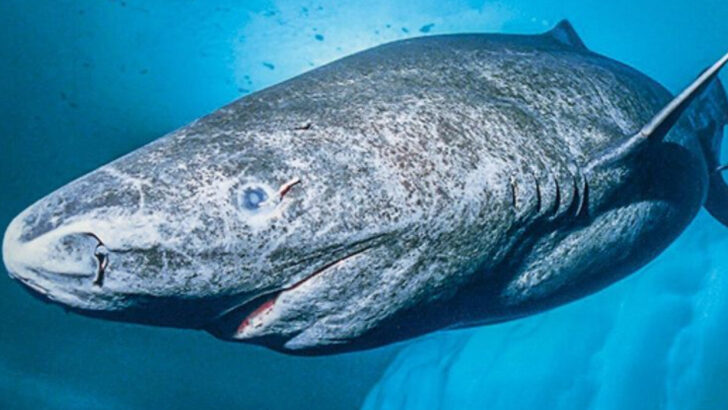Some animals live fast and die young. Others just… won’t go. We’re talking tortoises that outlive your grandparents, sharks older than the United States, and tiny creatures with lifespans so short, they barely get a full sunrise. Lifespan isn’t just a number—it’s a wild mix of biology, danger, and luck. Some animals are built to endure. Others are built for speed, survival, and a spectacular exit. So how long do they really last? Here’s the truth about 18 animals—and how much time nature gave them to make it count.
Galápagos Tortoise
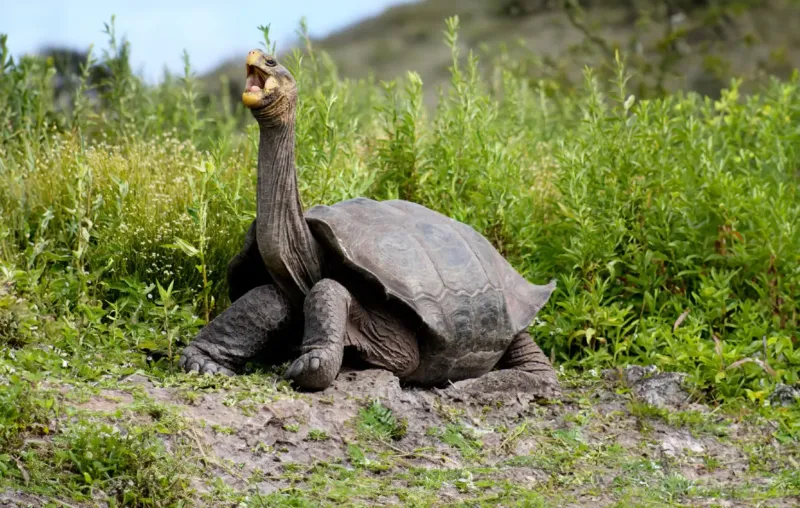
With an impressive lifespan stretching over 150 years, the Galápagos tortoise is one of nature’s true survivors. These gentle giants inhabit the volcanic islands of the Galápagos, where they’ve adapted to a unique ecosystem. Known for their slow pace and steady demeanor, they embody patience and endurance.
Their longevity is attributed to their slow metabolism and lack of natural predators. A symbol of resilience, these tortoises have become iconic figures in conservation efforts. Their life story underscores the importance of habitat preservation in maintaining biodiversity.
Bowhead Whale
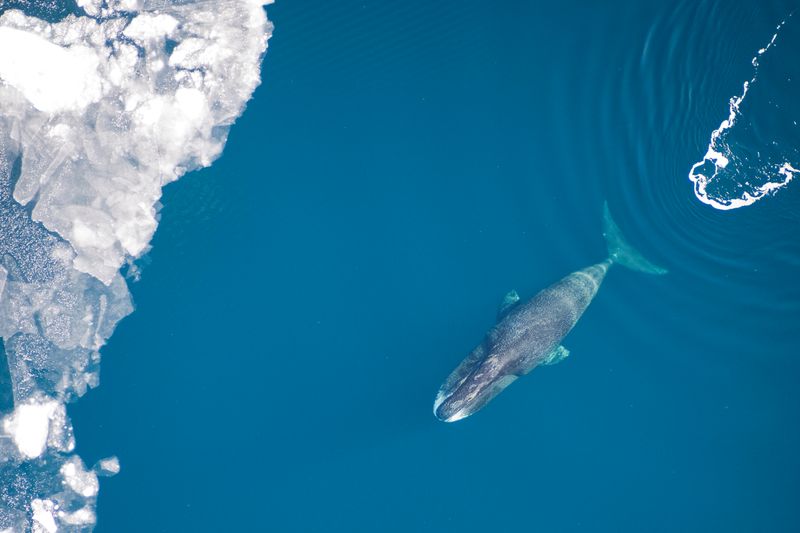
Bowhead whales hold the title for the longest-living mammal, with lifespans exceeding 200 years. These magnificent creatures traverse the frigid waters of the Arctic, demonstrating an extraordinary capacity to thrive in harsh environments.
Their longevity fascinates scientists, who study them to understand aging and longevity in mammals. Bowhead whales have a fascinating repertoire of vocalizations, and their thick blubber and specialized anatomy enable them to break through icy surfaces. They represent a living connection to the ancient past, a testament to nature’s ability to endure.
Elephant
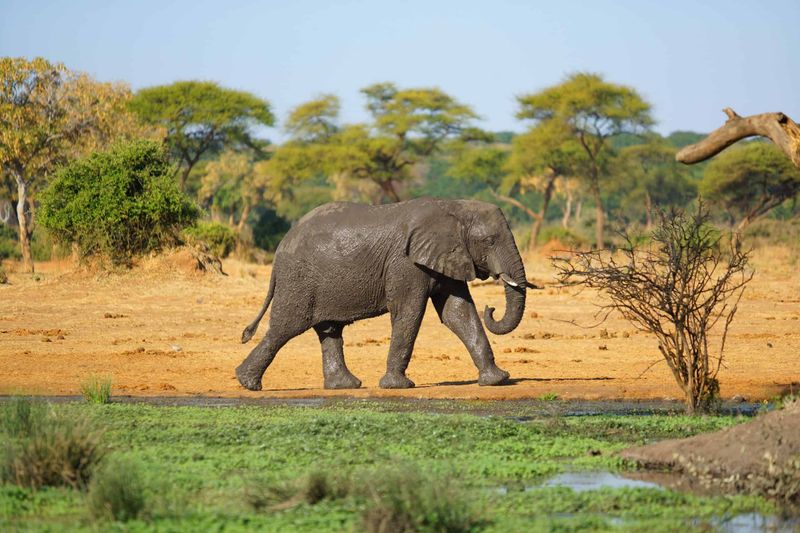
Living up to 70 years, elephants are not just the largest land animals but also have one of the longest lifespans among mammals. These intelligent creatures form complex social structures, often led by a matriarch.
Their life is marked by deep family bonds and a keen intelligence that aids in survival. Unfortunately, their longevity is threatened by poaching and habitat loss. Elephants’ memories and emotional depth resonate with observers, making them a symbol of wisdom and strength. Their survival is crucial for ecological balance.
Greenland Shark
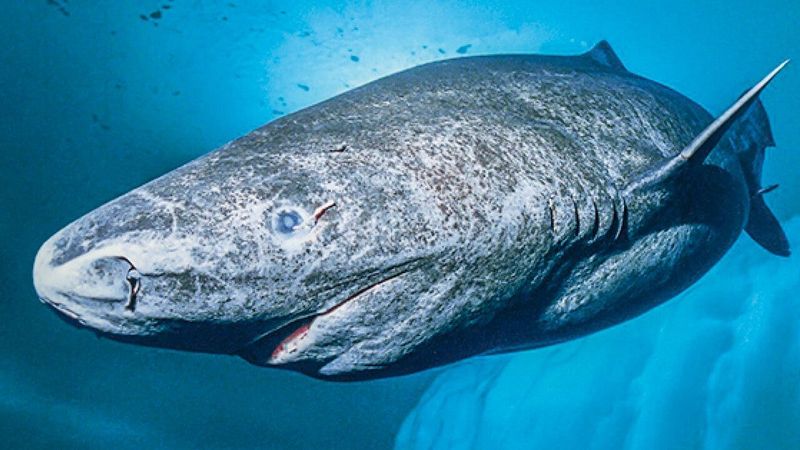
The elusive Greenland shark can live for over 400 years, making it one of the longest-living vertebrates known. Found in the icy depths of the North Atlantic, these ancient creatures are a mystery to scientists.
Their slow growth rate and late maturity contribute to their remarkable lifespan. Greenland sharks are also known to harbor unique parasites on their eyes, a testament to their specialized adaptation to the deep sea. Their mysterious lives continue to inspire research into longevity and environmental resilience.
Macaw
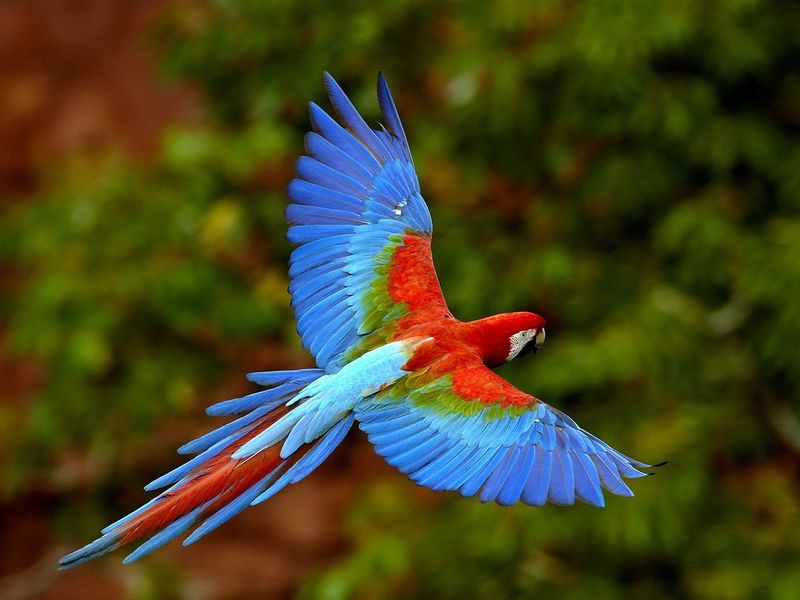
Macaws, with their dazzling plumage and charismatic personalities, can live up to 60 years, especially in the wild. These social birds thrive in the rainforests of Central and South America, forming strong bonds within their flocks.
Their intelligence and playful nature make them popular companions in aviculture, though their natural habitats face threats from deforestation. Macaws’ vibrant colors and vocal abilities have fascinated cultures for centuries, symbolizing freedom and beauty. They remind us of the richness and fragility of tropical ecosystems.
Olm
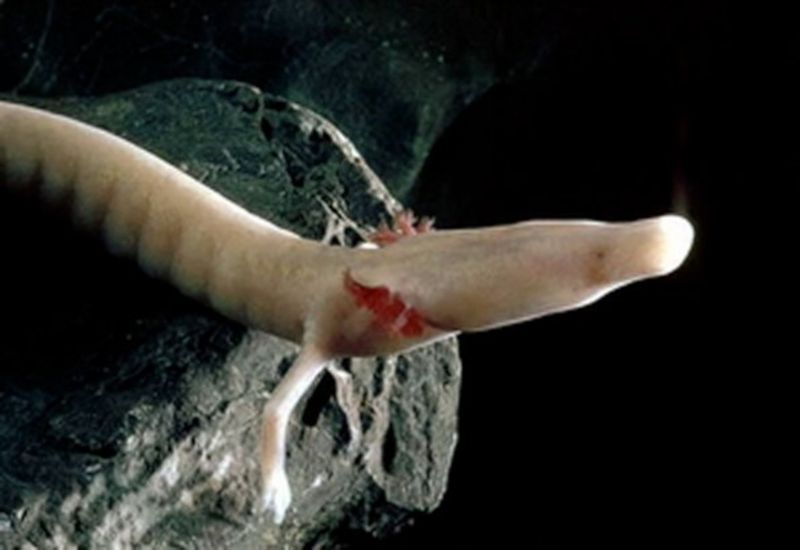
Living in the hidden waterways of European caves, olms can reach ages over 100 years. These blind salamanders have adapted to complete darkness, developing heightened senses of smell and hearing.
Their longevity is linked to their low metabolism and tranquil environment. Often called “human fish” due to their flesh-like color, olms are fascinating subjects of study for evolutionary biologists. Their existence highlights the intricacy of subterranean ecosystems and the wonders of adaptation. Their life story is a reminder of the world’s untapped mysteries.
African Grey Parrot
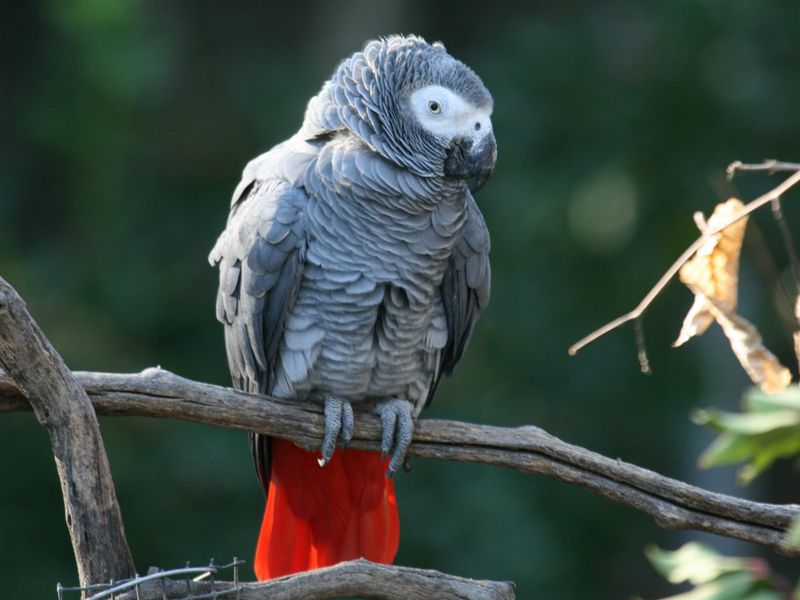
Famed for their intelligence and vocal ability, African Grey Parrots can live up to 50 years. These parrots are renowned communicators, capable of learning an extensive vocabulary. They are often seen as pets, impressing owners with their problem-solving skills and social nature.
In the wild, they inhabit the lush forests of central Africa, where they play essential roles in seed dispersal. Their intricate social structures and emotional connections are subjects of fascination. African Grey Parrots’ lifespans reflect their cognitive complexity and the challenges of conservation.
Koi Fish
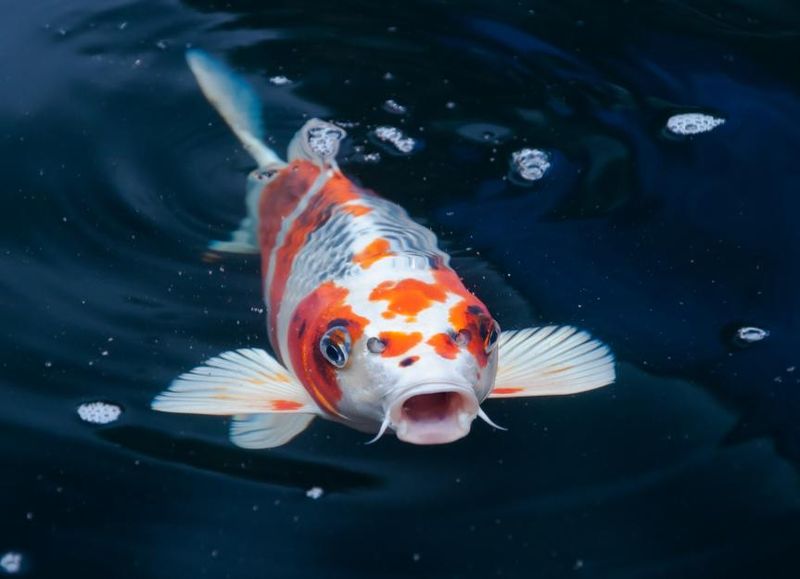
Renowned for their beauty and grace, koi fish can live over 40 years, with some reaching over a century. Originating from Japan, they are celebrated in art and culture, symbolizing perseverance and harmony.
Koi ponds are serene environments where these fish thrive, reflecting the delicate balance of nature. Known for their varied color patterns, koi fish are a testament to careful breeding and tradition. Their longevity in controlled environments highlights the importance of care and environmental awareness in prolonging life.
Lobster
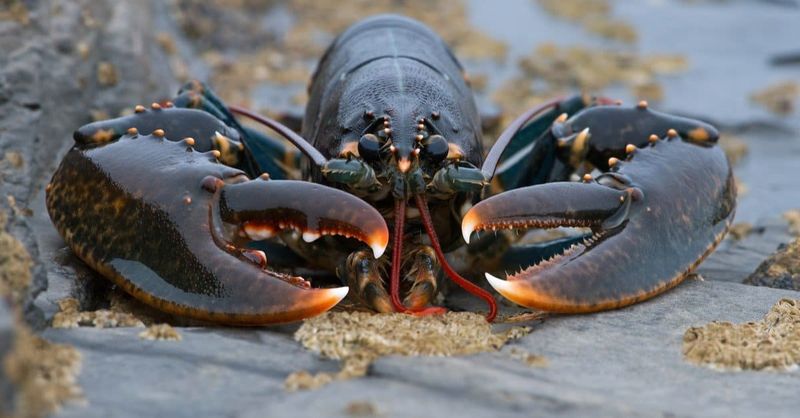
Lobsters, with their unique anatomy, can live over 100 years. These marine arthropods continue to grow throughout their lives, often molting their shells. Found in cold ocean waters, lobsters use their sharp senses to hunt and navigate.
Their longevity is attributed to a unique enzyme that repairs DNA, a topic of interest among scientists studying aging. Lobsters symbolize resilience and adaptability, thriving in diverse oceanic environments. Their remarkable life span challenges common perceptions of marine life and offers insights into biological longevity.
Red Sea Urchin
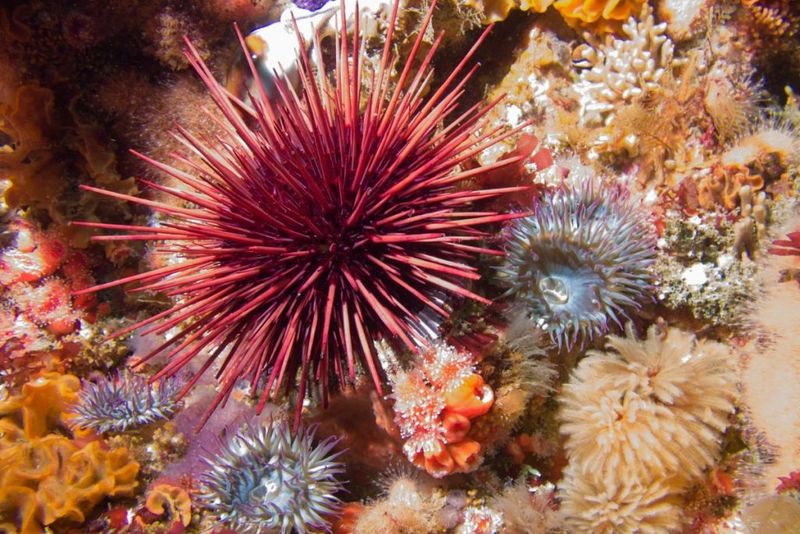
Red sea urchins are intriguing creatures that can live for over 200 years. These echinoderms inhabit shallow waters along the Pacific coastline, where they graze on algae. Known for their sharp spines and bright color, they play vital roles in marine ecosystems.
Their long life is thought to be due to their slow metabolism and ability to regenerate damaged tissue. Red sea urchins are often studied for their potential in understanding aging and cellular repair. Their presence is essential to maintaining ecological balance in their habitats.
Japanese Spider Crab

The Japanese spider crab, with its impressive leg span, can live up to 100 years. Found in the deep waters of the Pacific, these crabs are known for their unique appearance and size.
Their long legs help them navigate complex seafloors, while their diet of shellfish and carrion supports their large frames. Symbolizing the ocean’s mysteries, Japanese spider crabs are often featured in aquariums and marine studies. Their longevity is a testament to their adaptability and the rich biodiversity of oceanic life.
Orange Roughy
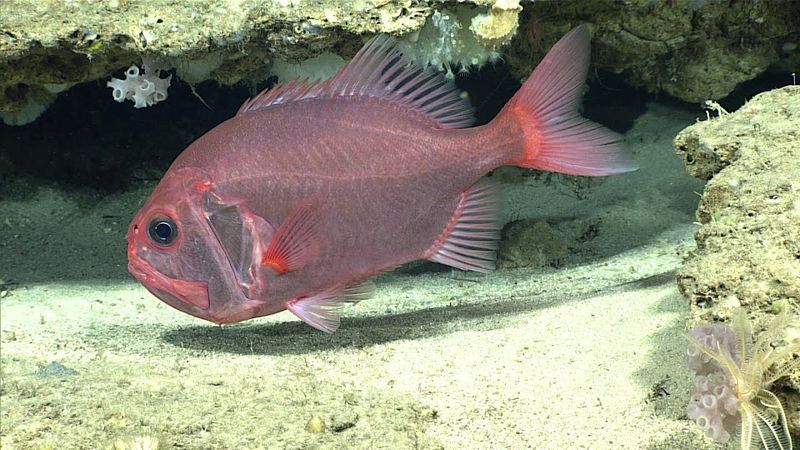
Orange roughy, a deep-sea fish, can live up to 149 years. These fish inhabit the dark depths of the oceans, where they lead solitary lives. Known for their slow growth rate, orange roughy mature late, making them vulnerable to overfishing.
Their long lifespan is supported by their low metabolic rate and specialized adaptations to deep-sea living. Their story is a cautionary tale about the impacts of human activities on marine ecosystems. Orange roughy’s endurance in the sea depths reflects the delicate balance of life in extreme environments.
Box Turtle
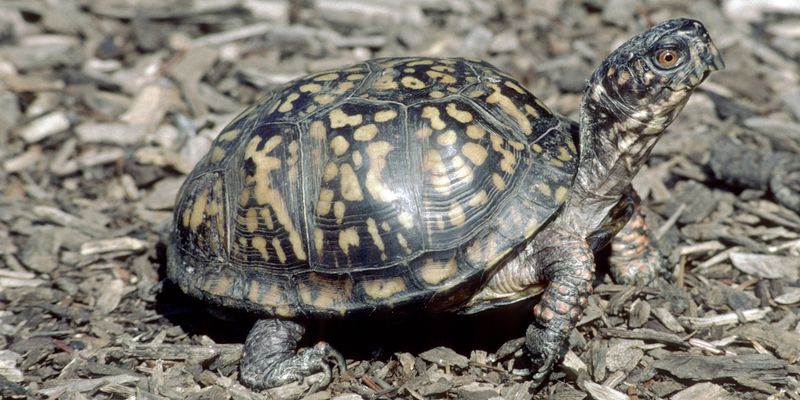
Box turtles, cherished for their distinctive hinged shells, can live up to 100 years. These terrestrial turtles thrive in woodland and grassland habitats across North America. Their unique ability to close their shells completely protects them from predators.
Their slow-paced lifestyle and varied diet contribute to their longevity. Box turtles’ resilience to environmental changes and their role in ecosystems highlight the importance of conservation. Their presence on the forest floor signifies the timeless rhythm of nature, a cycle of life that continues undisturbed.
Tuataras
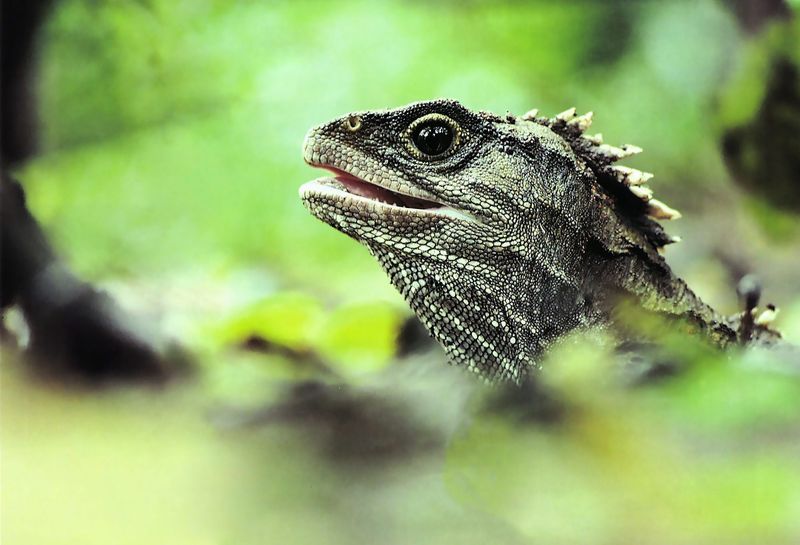
Tuataras, native to New Zealand, can live over 100 years. These reptiles resemble lizards but belong to a distinct lineage dating back to the age of dinosaurs. Known for their spiny crests and slow reproduction, they are often called “living fossils.”
Their longevity is linked to their slow metabolism and stable habitat. Tuataras’ existence underscores the importance of preserving ancient lineages and biodiversity. Their life story speaks of evolution’s enduring legacy, a living connection to a distant past where they once roamed alongside dinosaurs.
American Lobster
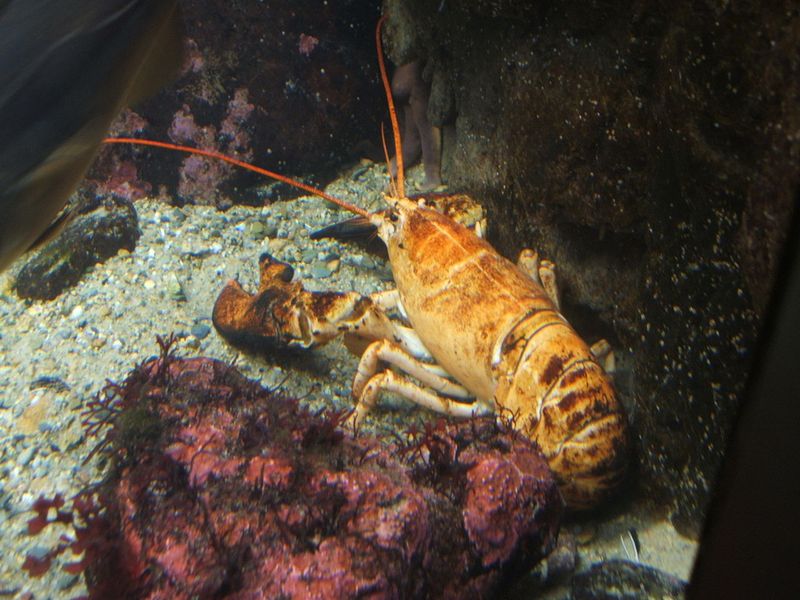
The American lobster, a staple of New England cuisine, can live over 100 years. These crustaceans are found in the chilly waters of the North Atlantic, where they thrive on a diet of mollusks and small fish.
Their longevity is supported by continuous growth and molting cycles, allowing them to repair and regenerate tissues. The American lobster’s long life and resilience make it an interesting subject for research into aging. Their existence highlights the complexity and adaptability of marine life in temperate oceanic environments.
Giant Tortoise
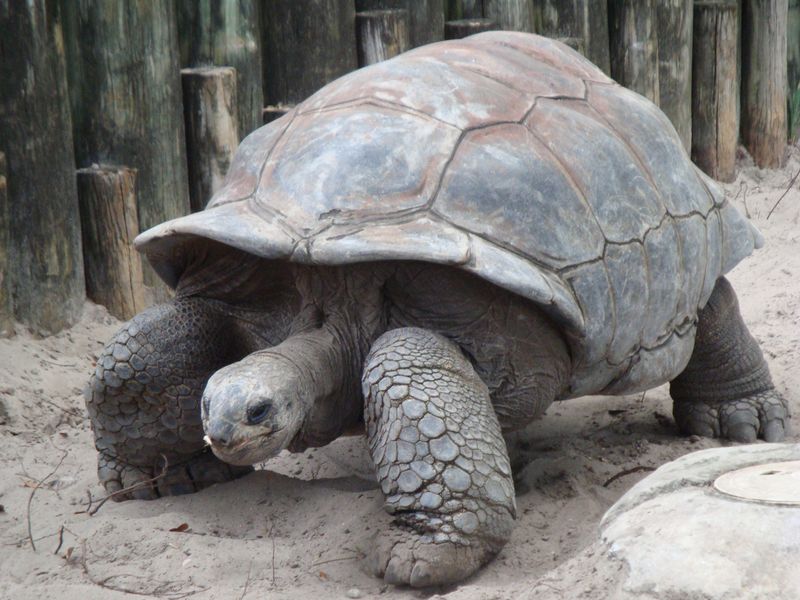
Giant tortoises, living over 100 years, are emblematic of longevity and endurance. Found in the Galápagos and Seychelles, these tortoises have survived for centuries due to their slow metabolism and protective shells.
Their prehistoric look and gentle nature attract scientists and conservationists alike. Giant tortoises play crucial roles in their ecosystems by grazing and dispersing seeds. Their enduring presence is a reminder of the importance of protecting vulnerable species and their habitats. Their life journey illustrates the resilience of life on earth.
Common Loon
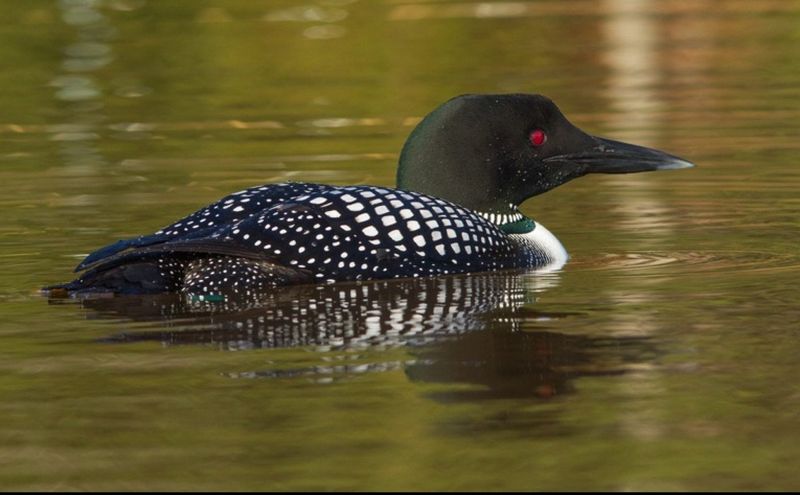
Common loons, with their haunting calls, can live up to 30 years. These migratory birds inhabit freshwater lakes across North America, where they dive expertly for fish. Known for their striking plumage and eerie vocalizations, loons captivate bird enthusiasts.
Their long lifespan is supported by their specialized adaptations for diving and fishing. The presence of loons often indicates a healthy aquatic ecosystem. Their story highlights the need for clean water environments essential for their survival. The common loon’s life on tranquil waters reflects the delicate balance of nature.
Brandt’s Bat
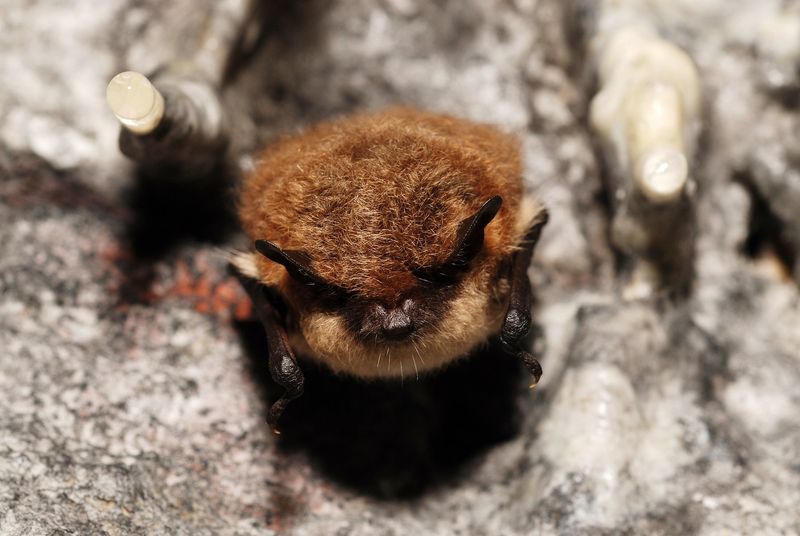
Ever wondered about the secrets hidden in the wings of a bat? Brandt’s Bat, with its unassuming appearance, boasts an impressive lifespan. These bats can live up to 41 years, defying the typical expectations for such small creatures.
Their longevity is a subject of fascination among scientists who study their metabolism and resilience. Living mostly in Europe and parts of Asia, these bats have adapted well to various environments.
Interestingly, Brandt’s Bats can slow their metabolism during hibernation, conserving energy and extending their lives. Truly, these nocturnal creatures are remarkable survivors.

